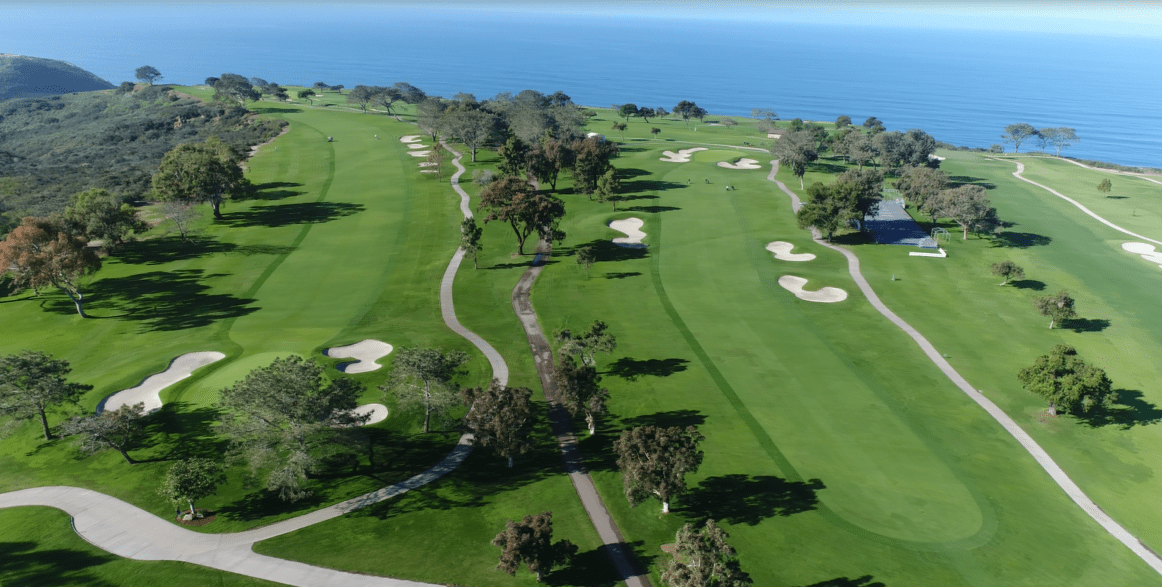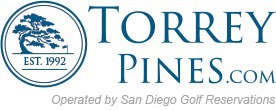
Famous Rules Moments at Torrey Pines
When the U.S. Open shines its spotlight on San Diego, it’s a perfect time to revisit some unforgettable—and sometimes quirky—rules rulings from Torrey Pines. From creative towel strategies to quirky playoff procedures, here’s a look at four memorable rulebook highlights that remind us how golf’s regulations sometimes produce the wildest stories.
1. The Towel That Got You DQ’d (1987)
Picture this: It’s the final round of the Shearson Lehman Brothers Andy Williams Open. SCGA Hall of Famer Craig Stadler leans over his tee shot, lands in a muddy spot beneath a renowned Torrey pine on the 14th hole—and to keep his pants clean, he kneels on a towel. But the rulebook back then (Rule 13‑3, now Rule 3.3b) prohibited altering your stance—even for fashion’s sake. Unaware of the infraction, Stadler unknowingly signed an incorrect scorecard and was disqualified.
Fun twist: Today, the same setup would cost just two penalty strokes, not a DQ, so long as the mistake is caught before the tournament wraps up. And yes, in an act of poetic justice, Stadler returned years later—this time with a chainsaw—to take down the tree that started it all after it died in 1995. (foremagazine.com)
2. “Don’t Look for It!” (2001)
It’s sudden-death playoff time at the Buick Invitational. Phil Mickelson and Frank Lickliter both slice tee shots into the cliffs left of the 17th. They correctly declare provisional balls… but Mickelson cheekily instructs marshals not to search for his original ball. Later, though, one marshal finds that ball. By the rulebook, once a ball is “potentially found,” the player must identify it, and if it is indeed theirs, they must play it—abandoning the provisional.
Both players bail and replay from the tee under stroke-and-distance. Mickelson gets a 6, Lickliter a 7, and Mickelson takes the win. Today, that cliffside is marked as a red penalty area, so things would be handled differently—but back then, it was “through the green.” (foremagazine.com)
3. Scorecards and Playoff Shockers (2008)
In the 2008 U.S. Open, Tiger Woods and Rocco Mediate ended their 72-hole tie in an 18-hole playoff. But here’s the edge-of-your-seat twist: After finishing that extra round (both shot 72), officials had both players sign and attest each other’s scorecards right off the 18th green. That’s because, in stroke play, every “round” must be properly documented before proceeding. Once their cards were verified, the stage was set for sudden death—where Woods clinched victory with a par on the first hole. (foremagazine.com)
4. Embedded—or Not? (2021)
Fast forward to the 2021 Farmers Insurance Open. Patrick Reed hits into rough off a fairway bunker on the 10th. Not spotting the ball, he asks a volunteer who says it didn’t bounce. Judging from the lie, Reed plays under Rule 16.4 and lifts the ball to check whether it’s embedded. Still unsure, he summons a rules official. The call? It’s embedded—so relief is granted. But later, video shows the ball did actually bounce before coming to rest. Still, both the PGA Tour and USGA stood by the ruling: Reed made a reasonable call with the info he had at the time. Rory McIlroy, facing a similar spot later, opted just to take relief—no official needed. (foremagazine.com)
Why These Moments Matter
What makes these stories so captivating is that they show how even top-tier players—Legends like Stadler, Mickelson, Woods, Mediate, Reed, McIlroy—run into rules puzzles that drive drama on the course. Each incident offers a quirky—or sometimes contentious—peek into how golf’s rulebook can shape outcomes.
Wrap-Up Thoughts
Torrey Pines isn’t just a beautiful—and challenging—venue; it’s also a stage for rulebook quirks and unforgettable rulings. From embarrassing towel naps and hidden balls to scorecard surprises and bounce/no bounce debates, these moments remind us that rules don’t just govern the game—they make it.


